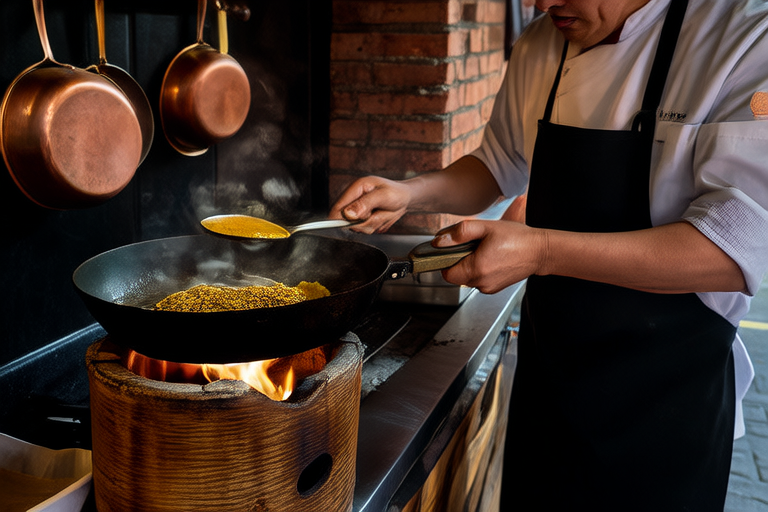Gastronomic Journeys: Exploring Hidden Gems in Global Cuisine

Gastronomic Journeys: Exploring Hidden Gems in Global Cuisine
Introduction
A gastronomic journey is more than just a meal; it’s an exploration of flavors, textures, and traditions that tell the story of a place. Every bite offers a window into the culture, history, and lifestyle of its people. Discovering hidden gems in global cuisine allows us to appreciate the diversity and richness of our world. Food is not just sustenance; it’s a bridge between cultures, a means of communication, and a way to connect with others. This article embarks on a culinary adventure across the globe, uncovering lesser-known culinary treasures and offering insights into how food shapes and reflects different cultures.
Exploring Regional Flavors
Regional cuisines are shaped by geography, climate, and history, creating unique dishes and techniques. Each area has its own signature flavors, which are often overlooked by mainstream travelers. For instance, Central Asia offers a blend of Persian, Russian, and Mongolian influences, resulting in hearty stews like osh plov. Southeast Asia, with its tropical climate and abundant spices, produces vibrant curries and fresh salads. South America, known for its vast landscapes and indigenous heritage, showcases dishes like puchero, a traditional Andean stew.
These regions are often overshadowed by more popular destinations, yet they offer authentic and unforgettable dining experiences. By venturing beyond the usual tourist spots, travelers can discover the true essence of a place through its food.
Hidden Gems Around the World
Central Asia: Osh Plov
In Uzbekistan, osh plov is a national dish made with rice, meat, carrots, and onions. It’s typically served at weddings and other celebrations. The dish is prepared by layering ingredients in a large pot, then cooking them slowly over an open flame. This communal meal fosters a sense of unity and shared heritage among family and friends.
Southeast Asia: Green Papaya Salad
Green papaya salad (som tum) is a refreshing and tangy dish from Thailand. Made with shredded green papaya, tomatoes, peanuts, and a spicy dressing, it’s both simple and delicious. The balance of sweet, sour, salty, and spicy flavors is a hallmark of Thai cuisine. Try it at a street stall in Bangkok for an authentic taste.
South America: Puchero
Puchero is a hearty Andean stew that includes potatoes, corn, beans, and meat. It’s often cooked in a large pot over an open fire, allowing families and communities to gather around and share in the warmth and flavors. This dish is deeply rooted in the region’s agricultural traditions and celebrates the bounty of the land.
Cultural Immersion Through Food
Dining experiences provide a deeper understanding of local customs and traditions. In Japan, for example, meals are often enjoyed with chopsticks, and diners are expected to bow slightly before and after eating. In India, it’s customary to eat with your hands, which is believed to enhance the connection between food and body. These rituals and etiquette reflect the values and philosophies of each culture.
Engaging with locals and participating in food-related activities, such as cooking classes or market tours, can further enrich the travel experience. By sharing meals and learning about food preparation, travelers can build meaningful connections and gain valuable insights into the lives of those they meet.
Sustainable Gastronomy
The environmental impact of global food consumption cannot be ignored. Overfishing, deforestation, and excessive waste are significant challenges facing the industry. Sustainable practices, such as supporting local farmers and reducing food waste, can help mitigate these issues. Travelers can contribute positively by choosing eco-friendly accommodations, eating at establishments that source locally, and minimizing plastic usage.
By making conscious choices about what and where we eat, we can support the communities we visit and promote a more sustainable future. This not only benefits the environment but also strengthens the cultural fabric of the places we explore.
Conclusion
Gastronomic journeys offer a unique opportunity to explore the world through its food. By seeking out hidden gems in global cuisine, we can deepen our understanding of different cultures and traditions. From the bustling markets of Southeast Asia to the serene landscapes of South America, every bite tells a story. Embrace new flavors and traditions on your future adventures, and let food be your guide in discovering the world.